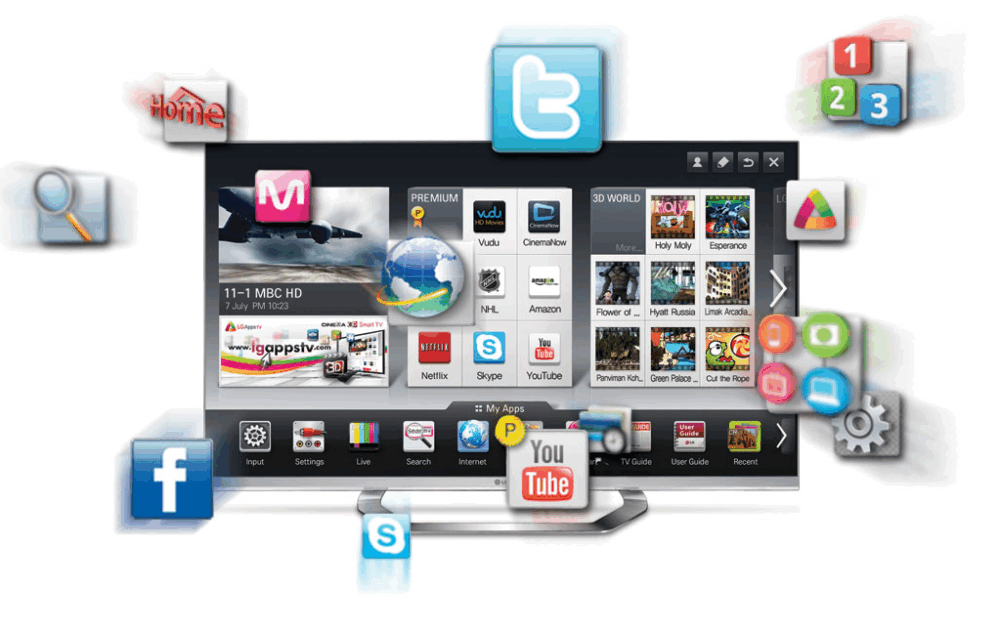Why Are Smart TVs So Affordable?
Smart TV manufacturers are finding new ways to profit from their products long after the initial sale. The rise of Internet of Things (IoT) devices has changed the traditional business model for electronics. In the past, companies made money by adding a markup to the cost of their products. Now, many are willing to sell their devices at cost—or even below cost—because the real profits come from the data they collect from users and then sell to third parties.
How Data Collection Drives Down Prices
High-end smart TVs from companies like Vizio (USA) and TCL (China) feature large screens with slim bezels, support for streaming services, and 4K and HDR formats. During the winter holiday season, 65-inch models from these brands were selling for around $500. According to Vizio’s Chief Technology Officer, Bill Baxter, these low prices are possible because some manufacturers collect user data and sell it to outside buyers.
Baxter explained to The Verge that smart TVs can gather information about viewers such as viewing times, which shows are watched, and how users respond to advertisements. “It’s a brutal industry. It’s a 6% margin industry, right? So, you know, it’s brutal. You can call it self-deception, or you can assume there’s a better way. And there is. The better way is that I don’t have to make money on the TV itself. I just need to cover my costs,” Baxter said.
Other Revenue Streams for TV Manufacturers
In addition to collecting and selling data, manufacturers also make money by selling TV shows, movies, and advertising. This mixed revenue model—monetizing the product after it’s sold to the consumer—allows companies to offer high-quality electronics at relatively low prices.



